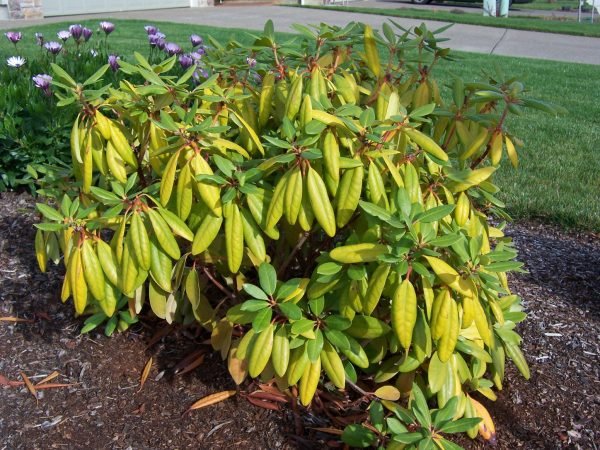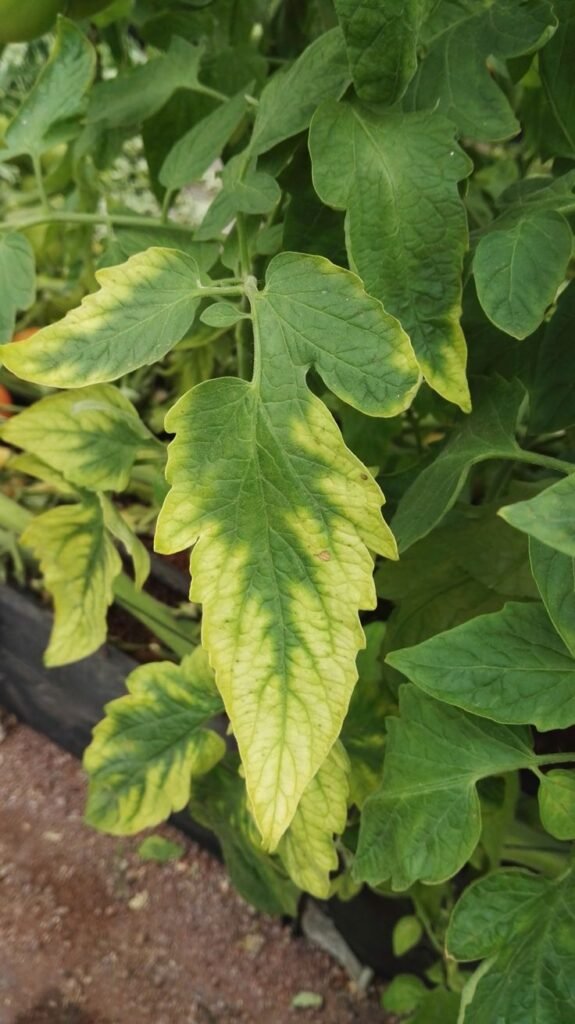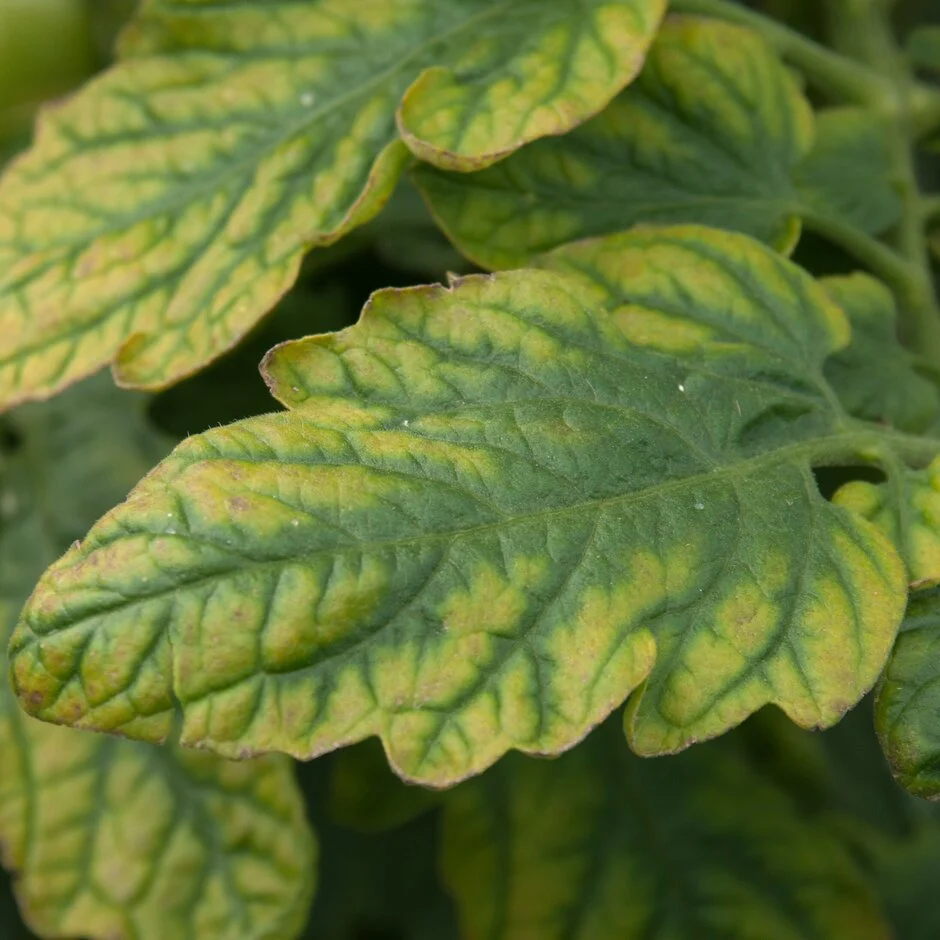Healthy, vibrant plants rely on a delicate balance of essential nutrients. When this balance is disrupted, plants may develop nutrient deficiencies, leading to stunted growth, yellowing leaves, poor flowering, and reduced yields. Detecting these deficiencies early is key to preventing long-term damage and ensuring that your garden or houseplants thrive.
This guide explores the common nutrient deficiencies in plants, their warning signs, and practical steps to correct them before it’s too late.
1. Why Nutrients Are Essential for Plant Health

Plants require a combination of macro- and micronutrients to perform vital functions:
- Macronutrients: Nitrogen (N), Phosphorus (P), Potassium (K), Calcium (Ca), Magnesium (Mg), and Sulfur (S). These are needed in larger amounts for growth, flowering, and root development.
- Micronutrients: Iron (Fe), Manganese (Mn), Zinc (Zn), Copper (Cu), Boron (B), Molybdenum (Mo), and Chlorine (Cl). These support enzyme activity, photosynthesis, and overall plant metabolism.
A deficiency in even a single nutrient can affect leaf color, root structure, flowering, and overall vitality. Early detection allows gardeners to correct imbalances before irreversible damage occurs.
2. Recognizing the Signs of Nutrient Deficiencies

A. Nitrogen Deficiency
- Symptoms: Yellowing of older leaves, stunted growth, pale green foliage.
- Why It Happens: Nitrogen is essential for chlorophyll production and leafy growth. Deficiency often occurs in sandy or nutrient-poor soils.
- How to Correct: Apply a balanced nitrogen-rich fertilizer or use compost and organic matter. Avoid excessive nitrogen, which can inhibit flowering.
B. Phosphorus Deficiency

- Symptoms: Dark green or purplish leaves, delayed flowering, weak root systems.
- Why It Happens: Phosphorus supports energy transfer and root development. Cold or compacted soils can reduce phosphorus uptake.
- How to Correct: Use phosphate-rich fertilizers or bone meal. Improve soil structure with compost to enhance nutrient absorption.
C. Potassium Deficiency
- Symptoms: Yellowing leaf edges, browning tips, weak stems, reduced fruit quality.
- Why It Happens: Potassium regulates water balance, disease resistance, and enzyme activity. Deficiency is common in soils with high rainfall or heavy watering, which leaches potassium.
- How to Correct: Apply potash or potassium-rich fertilizers and maintain consistent watering practices.
D. Calcium Deficiency

- Symptoms: Deformed new growth, blossom end rot in tomatoes and peppers, tip burn in leafy vegetables.
- Why It Happens: Calcium is crucial for cell wall structure and growth at root tips and leaf edges. Deficiency often occurs in acidic or compacted soils.
- How to Correct: Add limestone, gypsum, or calcium-based fertilizers to the soil. Avoid overwatering, which can hinder calcium uptake.
E. Magnesium Deficiency
- Symptoms: Interveinal yellowing of older leaves while veins remain green, premature leaf drop.
- Why It Happens: Magnesium is part of chlorophyll and vital for photosynthesis. Deficiency is common in acidic or sandy soils.
- How to Correct: Apply Epsom salt (magnesium sulfate) to soil or as a foliar spray for quick absorption.
F. Iron Deficiency
- Symptoms: Yellowing of young leaves with green veins (chlorosis), stunted growth.
- Why It Happens: Iron is critical for chlorophyll synthesis. Deficiency occurs in alkaline soils where iron becomes unavailable.
- How to Correct: Use iron chelates or acidify soil with sulfur amendments. Foliar sprays can provide rapid relief.
G. Other Micronutrient Deficiencies
- Zinc: Small, distorted leaves and shortened internodes. Correct with zinc sulfate.
- Manganese: Yellowing between veins with dark green veins remaining. Correct with manganese sulfate.
- Boron: Deformed or brittle growing tips, hollow stems. Correct with borax or boron-containing fertilizers.
- Copper: Dark green leaves with twisted tips. Correct with copper sulfate or chelated copper.
Tip: Micronutrient deficiencies often occur in container plants or in soils with improper pH, so monitoring soil conditions is crucial.
3. Tools and Techniques to Spot Deficiencies Early
A. Visual Inspection
Regularly inspect plants for discoloration, leaf curling, stunted growth, and unusual leaf patterns. Observing changes in both old and new leaves helps identify whether a deficiency affects mobile nutrients (like nitrogen) or immobile nutrients (like calcium).
B. Soil Testing
- Conduct a professional soil test every 1–2 years to check pH and nutrient levels.
- DIY soil kits can provide quick insights into nitrogen, phosphorus, and potassium levels.
C. Tissue Analysis
For advanced gardeners, plant tissue testing can detect deficiencies before visible symptoms appear. This is particularly useful for commercial gardens or high-value crops.
D. Fertilizer Record Keeping
Maintain a log of fertilizer applications, watering schedules, and plant growth to correlate deficiencies with care practices.
4. Corrective Measures for Nutrient Deficiencies
- Balanced Fertilization: Use fertilizers that provide all essential macro- and micronutrients, especially for garden beds and container plants.
- Foliar Feeding: Spray liquid fertilizers directly on leaves for rapid nutrient uptake, especially for micronutrients like iron and magnesium.
- Organic Amendments: Compost, manure, and bone meal improve soil fertility and microbial activity, enhancing nutrient availability.
- Adjust Soil pH: Most nutrients are more available in slightly acidic to neutral soils (pH 6–7). Lime can raise pH, while sulfur can lower it.
- Watering Practices: Avoid overwatering, which can wash nutrients away, and ensure consistent moisture for proper nutrient absorption.
Tip: Corrective measures should be gradual; abrupt changes can shock plants or worsen deficiencies.
5. Prevention Is Better Than Cure
The best way to protect plants is to prevent deficiencies before they occur. Strategies include:
- Choose the Right Soil: Start with fertile, well-draining soil and amend with organic matter.
- Select Appropriate Fertilizers: Match fertilizer type and frequency to plant needs.
- Maintain Proper Watering: Avoid overwatering or underwatering.
- Rotate Crops: Prevent nutrient depletion in vegetable gardens by alternating plant families each season.
- Monitor Plant Health Regularly: Early detection allows timely intervention.
Tip: Preventive care is far easier and more effective than trying to reverse severe nutrient deficiencies.
6. Signs That It’s Too Late for Some Plants
In extreme cases, prolonged nutrient deficiencies can cause irreversible damage:
- Dead or severely stunted plants
- Leaf drop or flower loss that doesn’t recover after fertilization
- Root damage visible when repotting or digging
Even in these cases, learning from mistakes can improve care for other plants and prevent future deficiencies.
7. Practical Examples for Common Plants
- Tomatoes: Susceptible to calcium deficiency (blossom end rot) and nitrogen deficiency. Correct with calcium sprays and balanced fertilizer.
- Roses: Iron and magnesium deficiencies cause yellow leaves; treat with chelated iron and Epsom salt.
- Houseplants: Spider plants, peace lilies, and ferns may show yellowing due to nitrogen or magnesium deficiencies. Foliar feeding often helps.
- Leafy Greens: Spinach and lettuce are sensitive to nitrogen and potassium levels; maintain consistent soil fertility for lush leaves.
Conclusion
Nutrient deficiencies are a silent threat to plant health, often appearing gradually before causing visible damage. By understanding the roles of macro- and micronutrients, regularly inspecting plants, testing soil, and providing proper fertilization, gardeners can prevent deficiencies and correct them promptly.
The key to success is early detection, preventive care, and balanced nutrient management. Healthy plants not only look vibrant but are more resistant to pests, diseases, and environmental stress. Whether growing houseplants, garden vegetables, or ornamental flowers, recognizing and addressing nutrient deficiencies ensures a lush, productive, and thriving garden.
Tip: Keep observing, testing, and adjusting—plants respond best when care is consistent and proactive.
